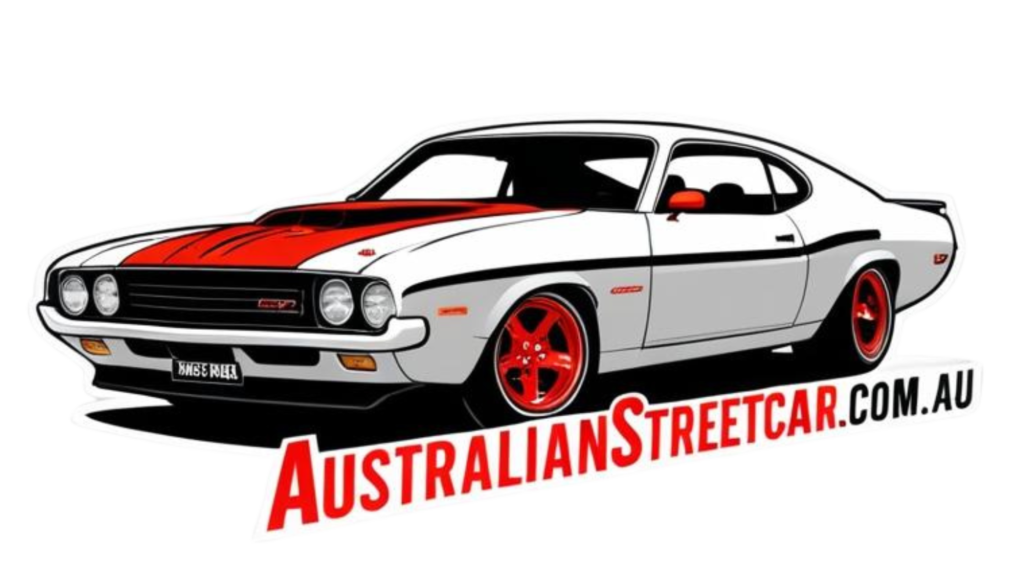The Paris Motor Show, once a staple event for many Western car manufacturers, saw a shift in dynamics as Chinese EV manufacturers took center stage. With brands like Hongqi and GAC making their mark, the show highlighted the industry’s evolving landscape. While traditional players like Mercedes-Benz and Porsche were absent, Chinese automakers showcased their electric vehicles and ambitious plans for the European market.
As the automotive industry navigated the aftermath of the pandemic, traditional motor shows faced challenges. Some, like the Geneva Motor Show, vanished, while others, such as the IAA, underwent fragmentation. The presence of Chinese car manufacturers injected new life into the Paris Motor Show, preventing it from dwindling. Notable absences from established brands like Mercedes-Benz and Toyota underscored the changing dynamics of the event.
French automakers Citroen and Renault remained loyal to the Paris Motor Show, unveiling new electric SUVs that emphasized their commitment to electric mobility. Renault’s retro-inspired models and Stellantis’ partnership with Leapmotor signaled a shift towards future-forward electric offerings. Ford, in collaboration with VW, showcased new models like the Capri and Explorer, highlighting the industry’s evolving landscape.
Cadillac’s European comeback with the Lyriq showcased a mix of impressive features and shortcomings, indicating the brand’s efforts to establish a presence in the region. Tesla maintained its familiar lineup at the show, emphasizing the practicality of its vehicles and the convenience of its charging infrastructure. Volkswagen’s display, featuring a mix of classic and modern vehicles, reflected the industry’s transition towards electric mobility.
BMW’s exclusive focus on electric models at the show marked a significant shift for the brand, signaling a clear commitment to sustainable mobility. Korean automaker Kia showcased a solid range of electric vehicles, catering to different segments of the market. Chinese brands like Hongqi and GAC made strides in the European market, each with unique strategies and offerings.
As Chinese manufacturers like BYD and Xpeng made their European debut, the industry witnessed a diverse range of approaches to electric mobility. The increasing presence of BEVs and the shift towards electrification underscored the evolving landscape of the automotive sector. The emergence of Chinese OEMs in Europe signaled a new era of competition and collaboration in the industry.
Despite the challenges and uncertainties, the Paris Motor Show served as a barometer of the industry’s trajectory. The influx of Chinese manufacturers, the dominance of electric vehicles, and the competitive landscape highlighted the ongoing transformation within the automotive sector. As the industry adapts to new trends and regulations, the future of motor shows and automotive exhibitions remains dynamic and unpredictable.
📰 Related Articles
- Paris Motor Show 2024: New Models Redefine Automotive Innovation
- Opel Electrified SUVs Shine at 2025 Brussels Motor Show
- Leapmotor Unveils Innovative Electric Vehicles at Paris Motor Show
- Bangkok International Motor Show Highlights Motorcycles and EV Trends
- 2024 Paris Motor Show Showcases Electric and Hydrogen Innovations


